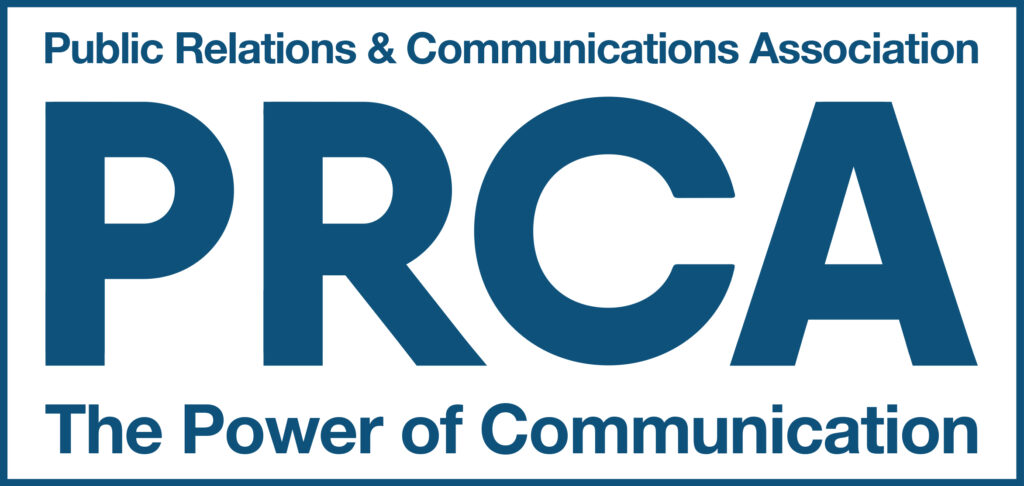How many companies, even PR companies, have a detailed comprehensive approach to their External communications strategy but forget about their own Internal Communications? Sadly, probably too many!
Internal Communications encompasses everything from setting up basic communication processes enabling staff to get the daily job done, to the facilitation of more strategic and creative brainstorming and planning slots as a team. It also involves sharing of the company’s ideals and goals in a collaborative way with a specific focus on the motivation and development of each individual to create an effective, cohesive and happy team well-equipped to achieve company goals.
A few months ago (as you’ll know if you’re a regular reader of this blog), we passed our Investors in People reassessment. With that in mind as an Internal Communications PR Campaign, we’ve put together some tips to highlight the importance of putting time and energy put into the welfare of teams through an Internal Communications PR Campaign.
If you’re looking into setting up an Internal Communications PR campaign and would like a hand, do give us a call on 01483 537890 to find out more info about our Internal PR Package.
1: The Audit
• Firstly, gather information, and conduct research/interviews to build a foundation for your Internal Communications PR campaign;
• Compile and/or collate any relevant documentation (this could be say HR or Service Handbooks) and make sure it is completely accessible to your team;
• Ensure any updates made to documentation are communicated throughout team;
• Do involve any internal “champions” at this stage, volunteers who are particularly bought into the issues that you are trying to address (whether it be to measure perceptions, introduce change/ make important staff announcements, company accreditations or awards programmes).
Tip: By involving staff in the creation/updating/collation of your documentation, it allows them both to manage the information and take ownership of it and also helps them to understand it better. Examples of this include say a new starter completing sections of staff handbook during an induction or a member of staff editing relevant sections after a feedback or on the job training session, or helping to write company newsletters or bulletins).
2: Setting your Objectives – How high is the bar?
• Do determine what you are looking to achieve from the campaign so that everyone can have a clear idea of what the goals are;
• Always set out specific key measurement points, so that you can gauge how well you are meeting your preset Aims; e.g. To survey staff’s perceptions of work-life balance ethos of the company, to survey whether staff had bought into the importance of their contribution to the profitability of the company and to what extent, or to measure the extent to which staff will buy into proposed changes.
3: Strategy & Planning
• Do make it clear to your team why and how you are implementing the Internal Communications PR campaign. By outlining the validity and benefits of the campaign, the team can recognise the relevance of it and it sets the scene for what is expected of them;
• Remember to support those staff that haven’t experienced such a campaign previously, and to remind others that have done it before of their role in the campaign;
• Always outline the achievable aims of the campaign, and explain the amount of work that has already been done to implement the campaign. This will mean that team members can confidently join in and feel motivated throughout the process.
Tip: Recognise and reward good examples of behaviour and efforts from other members of staff, so that everyone can fully understand and relate with what is expected of them in their role.
4: Ongoing Measurement
• Encourage regular feedback and keep in touch with the team’s perceptions, allowing for an open communication channel for questions or concerns. This will give the team a voice, and will create an environment of team-bonding and a great basis for eliciting feedback on the campaign.
Tip: Set up a regular feedback and evaluation system for your team, so that every time you implement training/do something new, you can receive feedback in the same way. An example would be using a Rating Key from 1-4, with 1 being session exceeded expectations, to 4 being session not meeting expectations at all. This will not only allow you to measure the relevance of the session and the impact on your preset aims, but will also provide insight into individuals and their preferred learning styles.
5: Results and Evaluation
• Always take time out to share areas of good practice at the end of the campaign, as well as areas that need more time invested into them;
• Use your specific key measurement points set out at the start to gauge how successful your campaign has been and reflect these back to your staff;
• Carry out an extensive evaluation with your staff to get feedback to recognise the value of the campaign;
• Finally share feedback as appropriate and celebrate with the Team.
Tip: It is good practice to revisit the aims of your Internal Communications Campaign on a regular basis to ensure learning/campaign outcomes are embedded and part of day to day processes, and to ensure there is an open forum for communication amongst staff for future developments.








